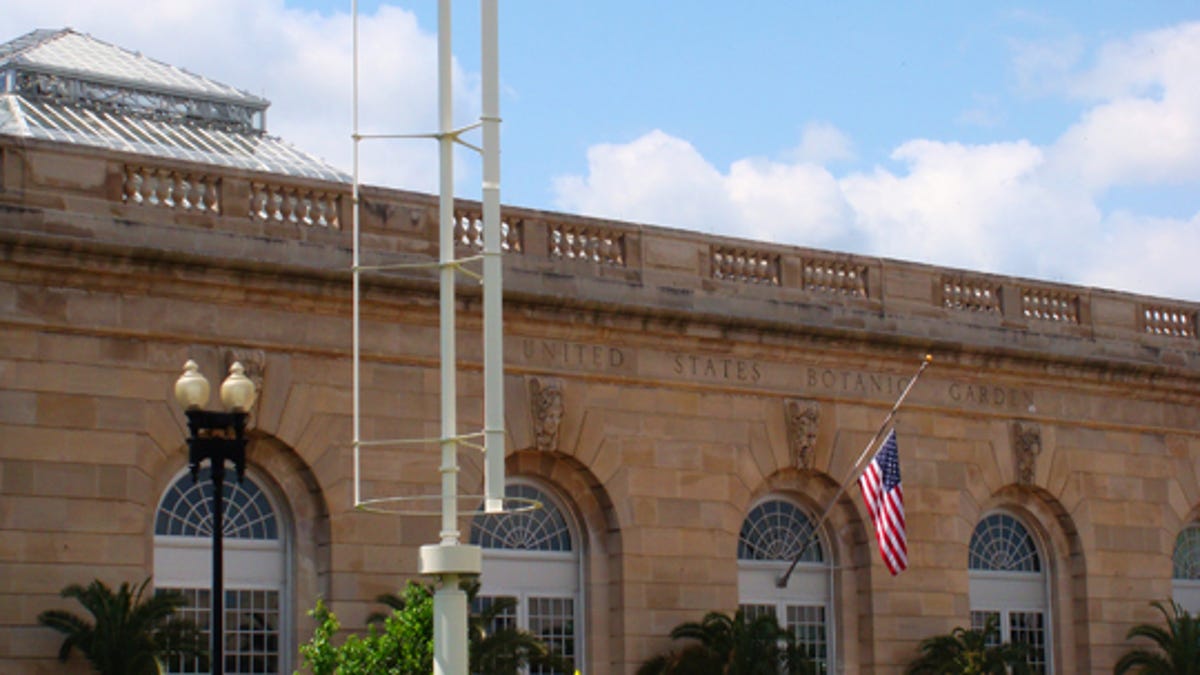Small wind heading into boom period, report says
The industry is expected to grow to $634 million by 2015, according to a recent Pike Research report, because small wind is currently more efficient and, therefore, cheaper on a cost-per-watt basis than solar photovoltaic cells.

The small wind industry is about to enter a major growth spurt.
It is poised to grow from a $255 million industry in 2010 to $634 million industry in 2015, according to a recent Pike Research report.
The report attributes a growing interest and expected success in the coming years to the fact that small wind is currently more efficient and, therefore, cheaper on a cost-per-watt basis than solar photovoltaic cells. Because the return on investment can take as little as 5 years to 10 years, depending on area wind conditions, it offers an accessible option to small businesses, farms, and communities even in the absence of state or federal incentives, according to the report.
But perhaps the most interesting statistic thrown out there by Pike Research is that it expects the average price of a small wind turbine system to reach $4,150 per kilowatt by 2015.
Contrast that figure with one from the latest report from the American Wind Energy Association (AWEA) which puts the average price for a small wind turbine installation in 2010 at $5,430 per kilowatt.
The face of small wind, and how small wind companies are positioning themselves, is also changing.
Many small wind companies still target the individual consumer and many installations are used as stand-alone sources for onsite power. But that paradigm has been shifting as more communities take an interest in locally controlling and owning their own power generation sources, according to the Pike Research report.
That's right in line with the AWEA's 2010 assessment, which said that 90 percent of U.S. small wind capacity was grid-connected and nine of the 10 most popular small wind turbine models sold in the U.S. were used for grid-connected situations.
Bottom line: no longer renewable loners, small wind turbines are now being connected to the U.S. grid in record numbers.

